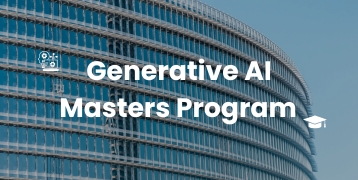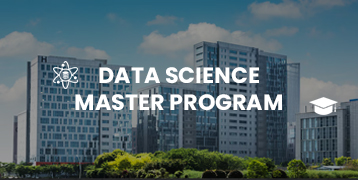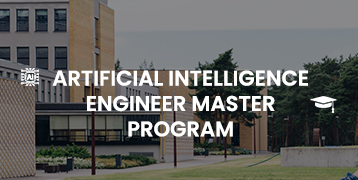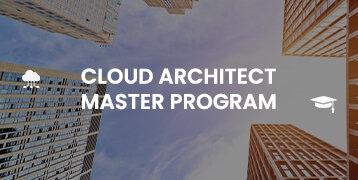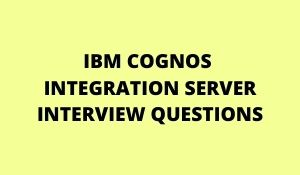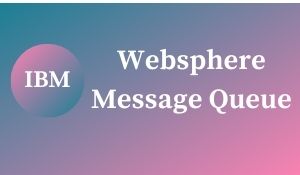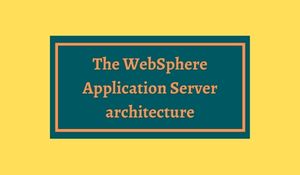
WebSphere Application Server: Overview
The WebSphere application server is a software product that runs on a Web server and serves as a platform for running Web applications. The WebSphere application server provides a runtime environment for Java applications, supports the servlet and Java Server Pages (JSP) specifications, and includes an HTTP web server. In addition, the WebSphere application server provides facilities for secure communication, transaction management, database access, and other functions.
The WebSphere application server is an important part of the IBM WebSphere software family, including products for enterprise application development, integration, business process management, and web portal development. The WebSphere application server is available in several versions, including a free community edition.
The WebSphere Application Server architecture
The graph indicates a single software server installation. The components of the programming mannequin are mentioned here. Other components include the product architecture, impartial of the more than a few utility kinds outlined by using the programming model. See Product overview.
WebSphere structure consists of one or greater pc structures which are known as nodes. Nodes are reachable inside the WebSphere cell. A WebSphere mobile can have one node. On this node, all the wished software is installed. If a WebSphere mobile carries greater than one node, then all the software program factors are dispensed amongst the nodes. The software program aspects that are set up in one node can share in the dispensed environment. This distribution permits scalability and reliability.
Also Read: Complete Guide on IBM WebSphere Message Queue Training
The following are the components:
- A net server that affords the offerings of HTTP
- A database server for facts persistence
- WebSphere Application Server (WAS)
The WebSphere HTTP plug-in structure has the following characteristics:
- The Web server plug-in is carried out as a filter, which examines all incoming HTTP requests and routes them to different Web servers based totally on the composition of the URL.
- Each Web server has its API that approves filters to be implemented.
- Standards-based protocols (HTTP/S) that are supported by using firewall merchandise are used.
- SSL can be used inside the DMZ to encrypt community site visitors between the Web server and the software server.
- The configuration file used by way of the plug-in is XML-based, and effortless to administer. Multiple redirection regulations may also be described to one or extra utility servers as dictated through the topology chosen.
- The plug-in helps load balancing and failover capabilities, which provide similarly scalability with very little extra administrative effort.
Java EE software components
The product helps utility elements that conform to Java Platform, Enterprise Edition (Java EE) specifications.
Read Also: IBM WebSphere Message Broker Training
Web functions run in the net container
The net container is the section of the utility server in which internet software aspects run. Web purposes are comprised of one or extra associated servlets, Java Server Pages science (JSP files), and Hypertext Markup Language (HTML) archives that you can manipulate as a unit. Combined, they operate a commercial enterprise with a good judgment function.
The internet container techniques servlets, JSP files, and different sorts of server-side includes. Each utility server runtime has one logical internet container, which can be modified, however now not created or removed. Each net container offers the following.
Web container transport chains
Requests are directed to the net container by the use of the net container inbound transport chain. The chain consists of a TCP inbound channel that offers the connection to the network, an HTTP inbound channel that serves HTTP requests, and an internet container channel over which requests for servlets and JSP documents are dispatched to the internet container for processing.
Servlet processing
When coping with servlets, the net container creates a request object and a response object, then invokes the servlet carrier method. The net container invokes the servlet’s ruin approach when excellent and unloads the servlet, after which the JVM performs rubbish collection.
Servlets can function such duties as helping dynamic internet web page content, imparting database access, serving more than one customer at one time, and filtering data.
JSP archives allow the separation of the HTML code from the enterprise good judgment in net pages. IBM extensions to the JSP specification make it convenient for HTML authors to add the electricity of Java technological know-how to internet pages, besides being professionals in Java programming.
HTML and different static content material processing
Requests for HTML and different static content material that are directed to the net container are served through the internet container inbound chain. However, in most cases, the use of an exterior net server and net server plug-in as a front give up to the net container is greater excellent for a manufacturing environment.
Session management
Support is supplied for the javax.servlet.http.HttpSession interface as described in the Servlet software programming interface (API) specification.
An HTTP session is a sequence of requests to a servlet, originating from the identical person at the equal browser. Sessions enable purposes jogging in a net container to maintain songs of man or woman users. For example, many internet functions enable customers to dynamically gather information as they go thru the site, based totally on a collection of choices on pages they visit. Where the person goes next, or what the website shows next, would possibly rely on what the consumer has chosen before from the site. To preserve this data, the software shops it in a “session”.
Also Read: IBM WebSphere TX Training
SIP functions and their container
SIP functions are Java applications that use at least one Session Initiation Protocol (SIP) servlet. SIP is used to establish, modify, and terminate multimedia IP periods which include IP telephony, presence, and immediate messaging.
Portlet functions and their container
Portlet functions are unique reusable Java servlets that show up as described areas on portal pages. Portlets furnish get entry to many special applications, services, and net content.
EJB functions run in the EJB container
The EJB container gives all of the runtime offerings wished to install and control organization beans. It is a server technique that handles requests for each session and entity beans.
Enterprise beans are Java elements that generally put into effect the enterprise common sense of Java EE applications, as nicely as having access to data. The business enterprise beans, packaged in EJB modules, mounted in a utility server do now not speak at once with the server. Instead, the EJB container is an interface between EJB factors and the utility server. Together, the container and the server grant the organization’s bean runtime environment.
Web services
The layout indicates the internet offerings engine, phase of the internet offerings helps in the software server runtime. Web offerings are self-contained, modular purposes that can be described, published, located, and invoked over a network. They put into effect a service-oriented architecture (SOA), which helps the connecting or sharing of sources and facts in a bendy and standardized manner. Services are described and prepared to help their dynamic, automatic discovery and reuse.
The product acts as each a net offerings issuer and as a requestor. As a provider, it hosts internet offerings that are posted for use by using clients. As a requester, it hosts functions that invoke net offerings from different locations. The design indicates the internet offerings engine in this capacity, contacting a net offerings issuer or gateway.
Conclusion
IBM WebSphere Application Server is the basis of the IBM WebSphere software program platform for On-Demand Business—a set of integrated, award-winning e-business solutions. WAS V5 affords a prosperous e-business software deployment surroundings with a set of utility offerings consisting of competencies for transaction management, Web services, security, performance, availability, connectivity, and scalability. This new model is the subsequent step of dynamically integrating purposes with present facts stores, different applications, and Web offerings that exist in heterogeneous environments, in more than one programming model, and on exceptional aspects of firewalls.

